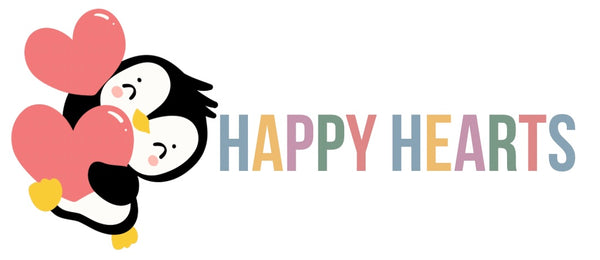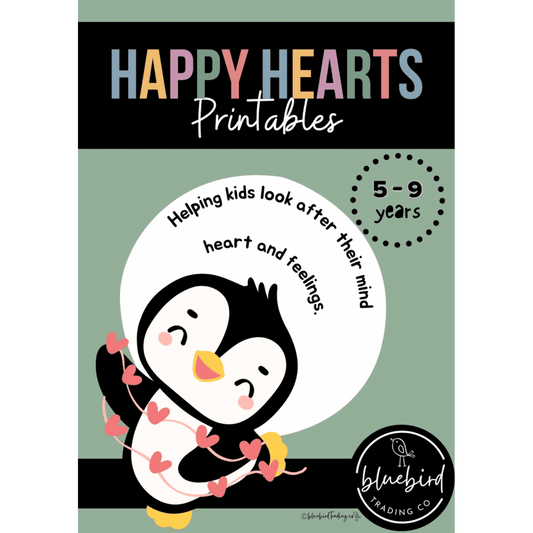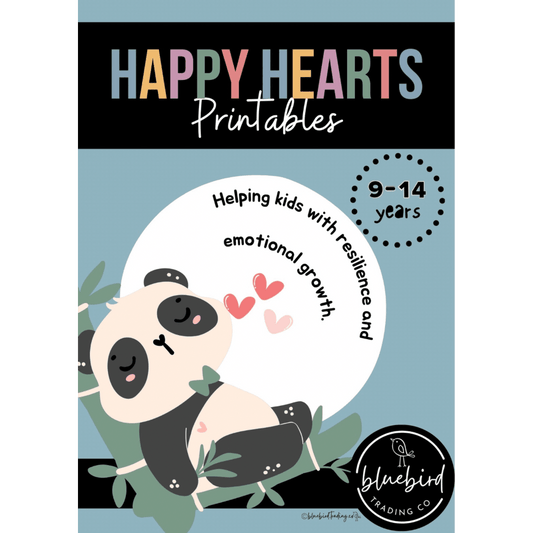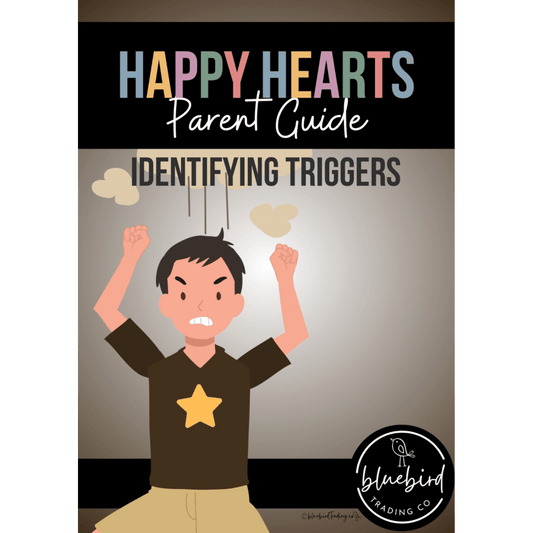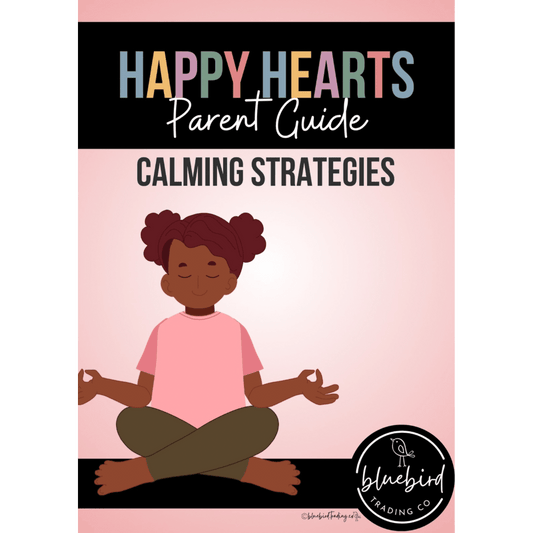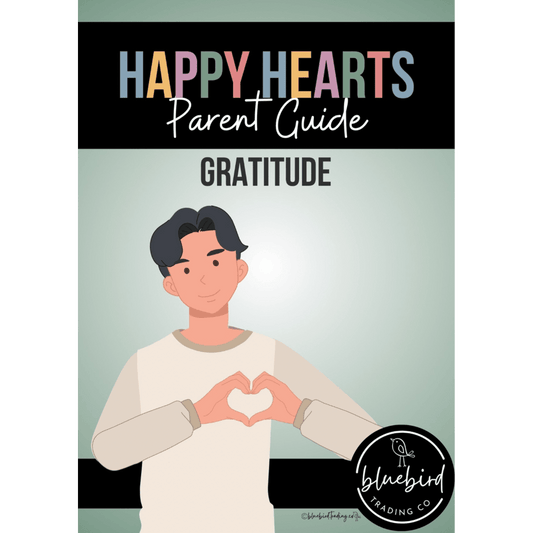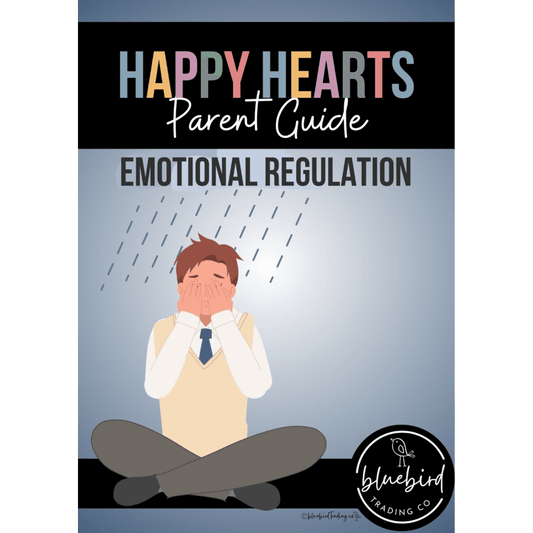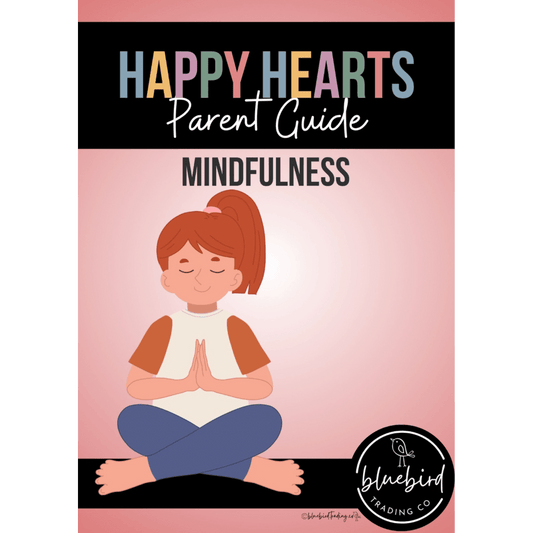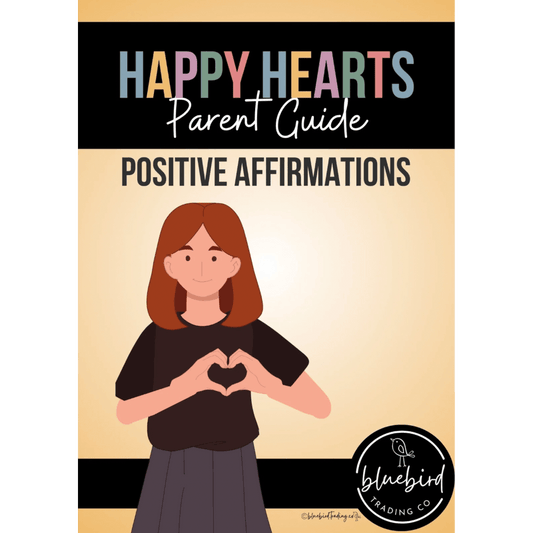Understanding the Four Zones and What It Means for your Child?

If you’ve heard your child talk about being “in the blue zone” or “in the red zone,” they’re likely learning about the Zones of Regulation - a powerful framework that helps children understand and manage their emotions.
But what exactly are the four zones, and how can you support your child in using them at home?
Let’s break it down together.
What Are the Zones of Regulation?
The Zones of Regulation is a simple, color-coded system that helps children:
• Identify how they’re feeling
• Recognise how those feelings affect their behaviour
• Choose strategies to help them self-regulate
Developed by occupational therapist Leah Kuypers, the Zones are widely used in classrooms, therapy and at home because they make emotional awareness easy and relatable for kids.
The Four Zones Explained
1. Blue Zone: Low State of Alert
Feelings: Sad, Tired, Sick, Bored
What it means: Your child is feeling low energy or withdrawn.
Children in the Blue Zone might not feel like participating, may move slowly or seem “off.”
Helpful strategies:
• Gentle Movement (stretching, walking)
• Listening to Music
• Talking about their Feelings
• Drawing or Journaling
2. Green Zone: Calm and Ready
Feelings: Happy, Focused, Relaxed, Content
What it means: Your child is in their ideal learning and social zone.
When kids are in the Green Zone, they’re regulated, calm and ready to take on challenges.
Helpful strategies:
• Encourage positive habits to stay there—like deep breathing, mindfulness and play.
• Reinforce this zone with praise: “I love how focused you are right now!”
3. Yellow Zone: Heightened State
Feelings: Frustrated, Silly, Anxious, Excited, Nervous
What it means: Your child is still in control but feeling elevated emotions.
In the Yellow Zone, kids might talk fast, act impulsively or need help slowing down.
Helpful strategies:
• Calm Down Tools (breathing techniques, fidgets)
• Taking a Break
• Using “I feel” Statements
• Movement or Sensory Input
4. Red Zone: Out of Control
Feelings: Angry, Terrified, Enraged, Out of Control
What it means: Your child is overwhelmed and needs support to regulate.
In the Red Zone, kids may yell, cry, hit or shut down. This is not a behaviour issue - it’s a regulation challenge.
Helpful strategies:
• Give Space and Stay Calm
• Help them Feel Safe before Talking
• Use Visuals or Simple Language
• Afterward, Talk About What Happened and What They Can Try Next Time
Important: All Zones Are OK
The Zones aren’t about “good” or “bad” behavior - they’re about helping kids notice their feelings and learn tools to manage them.
Every zone is a normal part of life. What matters is giving your child the language, tools and support to recognise how they feel and respond to their feelings in healthy ways.
How You Can Support at Home
• Use the Zones language daily
Ask: “What zone are you in?” or “What do you need to get back to the green zone?”
• Create a calming corner
Fill it with printable emotion tools, breathing visuals, sensory items and calming activities.
• Download visuals
Our Happy Hearts Printable Activities include:
• Zone posters
• Breathing Techniques
• Feelings Activities
• Daily and Weekly check-ins
• Reflective Journal Prompts
Help Your Child Feel Seen, Heard and In Control
Understanding the four zones is like giving your child a roadmap for their emotions. With your support and some simple tools, they’ll learn how to navigate feelings with confidence - and build lifelong emotional awareness.
